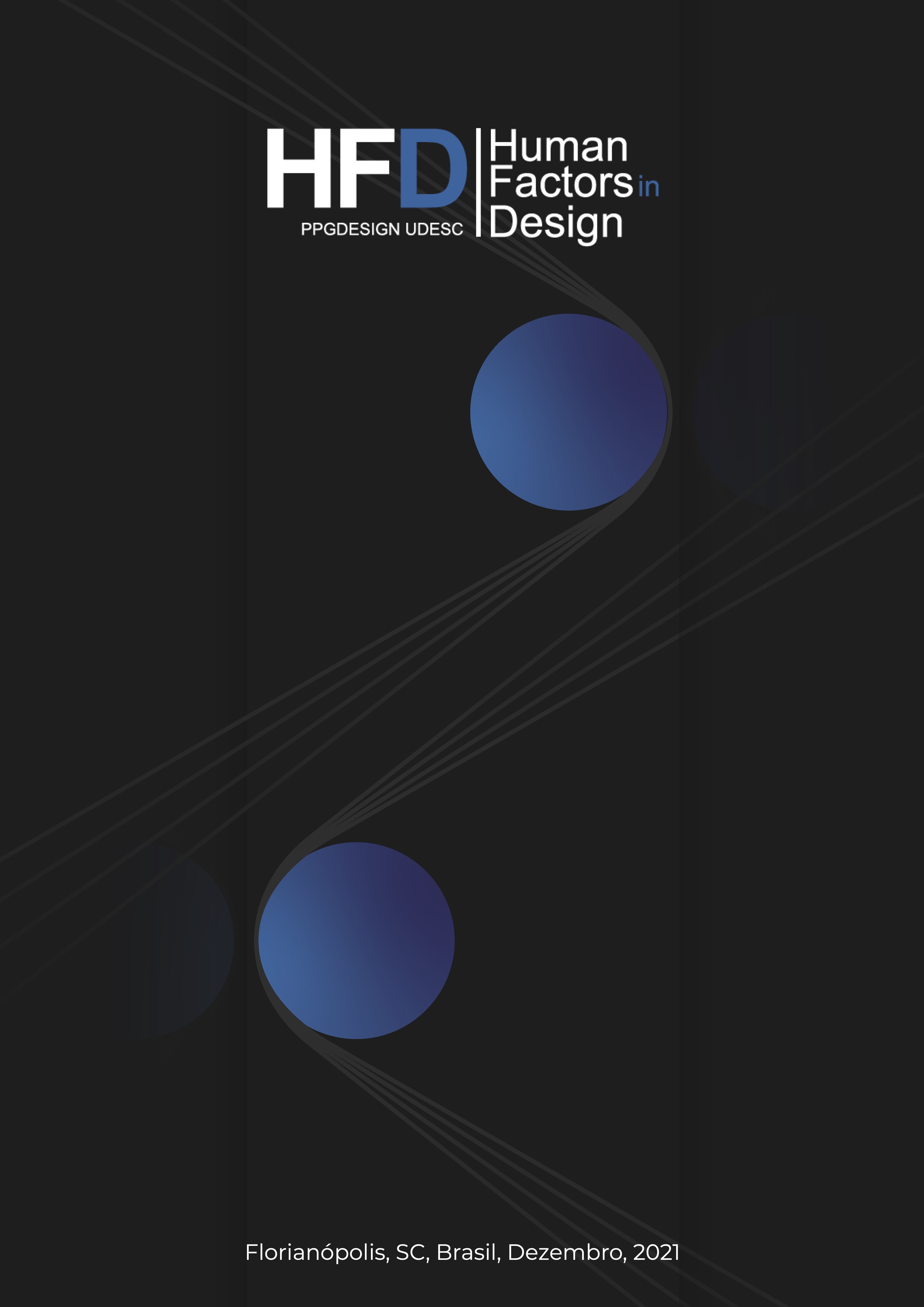Use of icons in mobile devices graphic interfaces
a study from the point of view of Universal Design
DOI:
https://doi.org/10.5965/2316796310202021113Keywords:
Universal Design, Usability, Mobile Devices, Eye Tracking, Icons in Graphic InterfacesAbstract
With smaller screens, icons without labels are, on mobile devices, the main form of interaction. There was a need to verify that these icons are easily recognized by their target audience. The problem raised in this research is the lack of standardization of icons for use in these devices. The objective was to verify if widely used icons are easy to recognize, so that they can be used without a label. Tests with interfaces were carried out, using methods such as eye tracking and questionnaire application. The results showed that, in some situations, the use of labels in the icons can delay or difficult the interaction, from the point of view of Universal Design. In addition, widely used icons proved to be easily recognized, which justifies the removal of the labels of the icons.
Downloads
References
ALBAN, Afonso; MARCHI, Ana Carolina Bertoletti de; SCORTEGAGNA, Silvana Alba; LEGUISAMO, Camila Pereira. Ampliando a usabilidade de interfaces web para idosos em dispositivos móveis: uma proposta utilizando design responsivo. Renote, [S.L.], v. 10, n. 3, p. 1-10, 2012.
BAHARUM, Aslina; JAAFAR, Azizah. EVALUATION OF ASEAN MENTAL MODELS PATTERN OF WEB USER-CENTERED INTERFACE DESIGN USING EYE-TRACKING TECHNOLOGY. Journal Of Computer Science, [S.L.], v. 10, n. 12, p. 2494-2506, 2014.
BENBASAT, Izak; TODD, Peter. An experimental investigation of interface design alternatives: icon vs. text and direct manipulation vs. menus. International Journal Of Man-Machine Studies, [S.L.], v. 38, n. 3, p. 369-402, 1993.
BERGET, Gerd; MULVEY, Fiona; SANDNES, Frode Eika. Is visual content in textual search interfaces beneficial to dyslexic users? International Journal Of Human-Computer Studies, [S.L.], v. 92-93, n. 1, p. 17-29, ago. 2016. Elsevier BV. http://dx.doi.org/10.1016/j.ijhcs.2016.04.006.
BERGSTROM, Jennifer Romano; SCHALL, Andrew (ed.). Eye Tracking in User Experience Design. Waltham, Ma: Elsevier, 2014. 400 p.
FERREIRA, Simone Bacellar Leal; LEITE, Julio Cesar Sampaio do Prado. Avaliação da usabilidade em sistemas de informação: o caso do sistema submarino. Revista de Administração Contemporânea, [S.L.], v. 7, n. 2, p. 115-136, jun. 2003. FapUNIFESP (SciELO). http://dx.doi.org/10.1590/s1415-65552003000200007.
GOBBI, Aline Girardi et al. Eye tracking e ergonomia cognitiva: um estudo focado na aplicação de ícones em interfaces gráficas digitais. In: XX Congresso Brasileiro de Ergonomia - Virtual 2020. Anais...Lorena(SP): ABERGO, 2020. Disponível em: . Acesso em: 2 out. 2021.
HARLEY, Aurora. Icon Usability. Nielsen Norman Group, 2014. Disponível em: https://www.nngroup.com/articles/icon-usability/. Acesso em mar. 2021.
IIDA, Itiro; GUIMARÃES, Lia B. de M. Ergonomia: projeto e produção. 3. ed. rev. São Paulo: Blücher, 2016.
IQBAL, Shamsi T. et al.. Towards an Index of Opportunity: Understanding Changes in Mental Workload during Task Execution. In: Conference on Human Factors in Computing Systems. Proceedings… Portland: CHI 2005, 2005.p. 311-320.
INTERNATIONAL ORGANISATION FOR STANDARDISATION. ISO 9241-11: Ergonomic requirements for office work with visual display terminals (VDTs). Part 11: Guidelines for specifying and measuring usability. Genebra: International Organization For Standardization, 1998. 26 p.
MORAES, Laíse M. et al.. Courseware usability for deaf students: a test using eye tracking. In:12th International Conference on Education and New Learning Technologies. Proceedings… Palma de Mallorca: IATED, 2020. p. 4120-4132.
NIELSEN, Jakob. Usability Engineering. California: Morgan Kaufmann, 1994.
RAYNER, Keith et al. Eye Movement Control in Reading: an overview and model. In: UNDERWOOD, Geoffrey (ed.). Eye Guidance in Reading and Scene Perception. Massachusetts: Elsevier Science, 1998. Cap. 11. p. 243-268.
SCHULTHEIS, Holger; JAMESON, Anthony. Assessing cognitive load in adaptive hypermedia systems: Physiological and behavioral methods. In: International conference on adaptive hypermedia and adaptive web-based systems. Proceedings… Berlin: Springer, 2004. p. 225-234.
STANTON, Neville; SALMON, Paul M.; RAFFERTY, Laura A. Human factors methods: a practical guide for engineering and design. Farnham: Ashgate Publishing, 2013.
Downloads
Published
How to Cite
Issue
Section
License
Copyright (c) 2021 Human Factors in Design

This work is licensed under a Creative Commons Attribution 4.0 International License.
Os artigos publicados pela revista são de uso gratuito, destinados a aplicações acadêmicas e não comerciais. Os direitos autorais são todos cedidos à revista. Os artigos cujos autores são identificados representam a expressão do ponto de vista de seus autores e não a posição oficial da revista Human Factors Design. O (s) autor (es) se compromete a sempre que publicar material referente ao artigo publicado na Revista Human Factors Design mencionar a referida publicação da seguinte forma:
Este artigo foi públicado originalmente pela Revista Human Factors Design em seu volume (colocar o volume), número (colocar o número) no ano de (colocar o ano) e pode ser acessado em: https://periodicos.udesc.br/index.php/hfd/index


